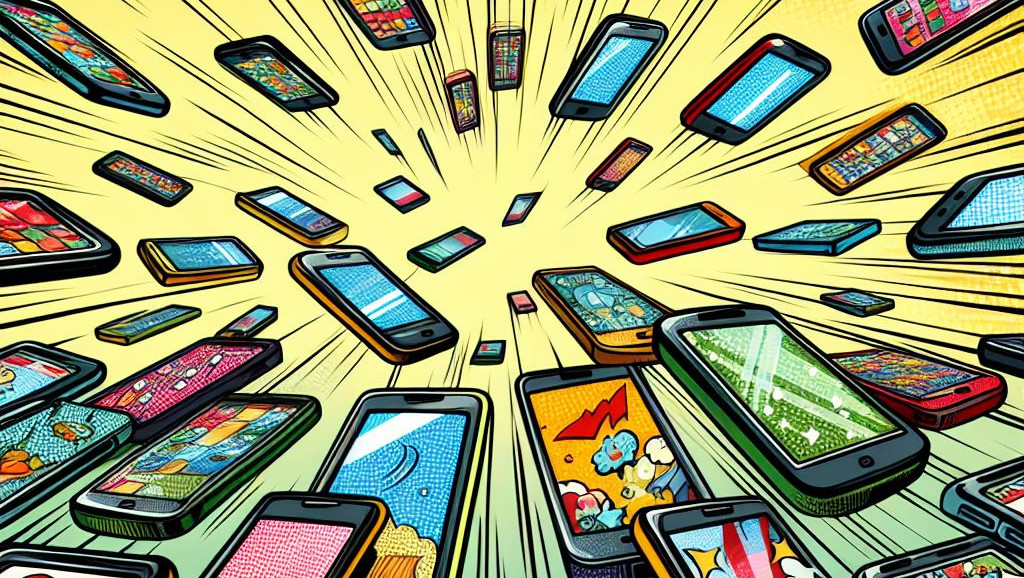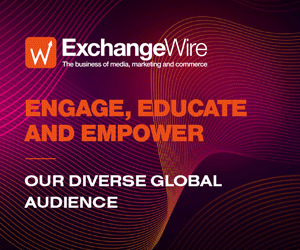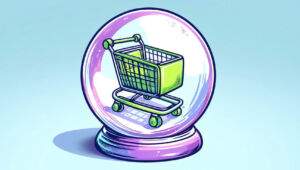Social Media Isn’t Social. It’s Just Media.
by on 1st Jul 2025 in News

In part one of this three part perspective, Dan Gee, managing director and co-founder of Media Futures Market, makes the case of why social media is not really social anymore. He explores how to make the most of social media, and how to look beyond the channel to make meaningful, additive connections within culture and communities.
Let’s stop pretending it’s something it no longer is.
I first used Facebook when I was backpacking in 2006/7. The online blog site I’d been using to keep in touch with folks back home was clunky and unreliable. Someone in an internet cafe in Pondicherry showed me Facebook, and that was it. I switched. The easy photo uploads, friend tagging and brevity of updates made it a much better - more social - experience.
I wasn’t the only person to be discovering Facebook back then. User numbers were soaring, which further enhanced the appeal because it made it even easier to stay connected to friends and family and new friends made on my travels.
This ease of connection was key to the growth and popularity of Facebook. It was easy to keep in touch with mates, and see what people you gave a shit about were up to.
It helped people feel less isolated. It built new relationships. It strengthened old ones. That was the magic of the early years. Social media was the internet’s great connector. You brought your people with you, or you found new ones and, for a while at least, the platforms helped you keep those connections warm.
But that version of social media is gone. Not everywhere, and not for everyone, but enough that the overall experience, and the way the platforms are built, is now fundamentally different.
Social media today is not designed to connect us. It’s designed to hold our attention. And increasingly, it does so not through social interaction, but through titillation, outrage, and endless passive consumption.
The shift from connection to curation
Open Instagram or Facebook today and you’re likely to be served up a carefully engineered mix of influencers, ads, strangers doing oddly compelling things, or compellingly odd things, and maybe - if you’re lucky - a wedding or holiday photo from someone you actually know. If you really want to catch up on what your family and friends have been doing it takes effort to crawl through the noise to find them.
This isn’t an accident. It’s design.
Mark Zuckerberg recently confirmed as much in his testimony at a US antitrust trial: the company’s apps have pivoted away from helping you see content from people you know, and toward showing you “what the system thinks you'll be interested in.”
It’s reasonable to ask: why? Why would this company (I should say these companies, because it’s not just Facebook) that grew so fast by creating a fantastic tool for connection, ditch that core driver of value? Because connection doesn’t scale. But dopamine does.
So the model changed. The feeds filled up with Reels and TikToks and Shorts. The social graph was replaced by the recommendation engine. Your friends became background noise. And your role, increasingly, is not to engage, but to consume.
What’s left is media. Not social
At its best, this new model can provide some serendipitous discovery and some light touch distraction. It can be funny, surprising, informative.
At its worst, it’s an enabler of division, disinformation, and performative outrage. Content is rewarded for keeping people scrolling. Not for being true, kind, or even real.
As Halima Jibril, Dazed’s culture editor, put it recently, “social media is no longer social”. It’s something else now.
Even the term platform feels generous. TikTok, Instagram, Threads, YouTube Shorts - they’re all variations of the same product: a mobile media channel. A feed of stuff. It’s not about who you know anymore. It’s about what the algo thinks you’ll look at for long enough to monetise.
You’re not part of a community. You’re an audience.
And for brands?
Well, this is where it gets interesting. Because while people are still using social media in massive numbers, they’re no longer behaving socially.
They’re scrolling, not talking. Watching, not replying. Sharing far less than they used to, and engaging even less than that.
Meanwhile, marketers often fall into the temptation of wanting to “join the conversation”. We’re still obsessing over post frequency, comments, likes, community management. We still build “social content calendars” full of reactive posts no one asked for.
And yet, according to Meta’s own data, the volume of friend-generated content is in sharp decline. Replaced by influencer content, brand content, and whatever the algorithm is pushing today.
Interestingly, on LinkedIn, a LOT of users have posted about how changes to the algo have stifled the reach of their organic engagement and that they’ve stopped seeing posts from the people they follow. Is this a response to ever higher volumes of content since people started using Chat GPT to write vacuous thought leadership memos by the binload? Or a deliberate ploy to push more users to use paid amplification? Increasingly, if your brand is posting organically and not putting media budget behind it, you're not joining the conversation. You're whispering into a void…void……void….
The good news: media works
This isn’t a doomsday scenario. It’s just reality. And in some ways, a helpful one. Because when you accept that social media is now just media, you can plan more clearly.
Omar Oakes recently asked whether these apps have become so similar we can’t tell them apart. The answer is yes, and no. Functionally, they’re all media now. Culturally, and in terms of how their audiences tend to respond, they each have a role to play.
But none of them are places where brands are invited to be “part of the community”.
That invitation expired around 2018. If it ever existed.
But empowered with the knowledge that social media is just media… you can:
- Invest in creative that’s worth paying to distribute
- Focus on formats and placements that actually capture (and hold) attention
- Treat social as part of your media plan, held to the same standards and accountability as the open web (looking at you, brand safety….)
- Look elsewhere for genuine opportunities to support, empower and participate with
- communities
So, what now?
Social media helped us feel closer to each other.
It created communities. It gave people a voice. It changed how we relate to the world. But that era is over. Not entirely. But enough that we have to stop planning as if it’s still true. Today, social media isn’t where connection happens. It’s where content happens.
And if you're in advertising, that means it’s not a conversation to join. It's a media channel to plan.
Social media isn’t social anymore. It’s just media. And that’s fine, as long as we act accordingly.
This is part 1 of a 3 part perspective. Parts 2 & 3 will explore some of the basic tenets for how to make the most of social media, and how to look beyond the channel to make meaningful, additive connections within culture and communities.








Follow ExchangeWire